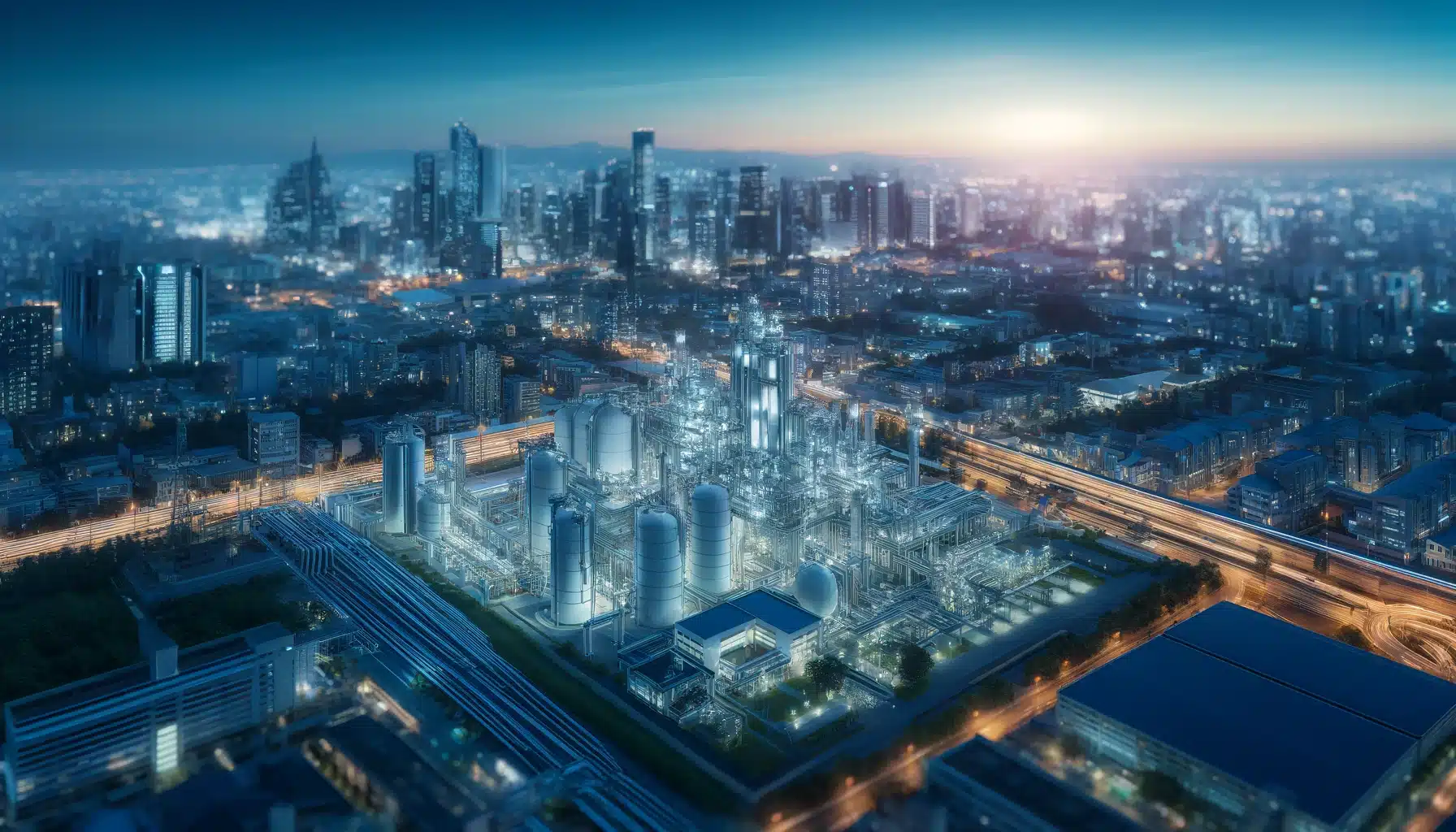
The oil and gas industry is a complex network of processes that involve the exploration, extraction, refining, and transportation of natural resources. In the midstream sector, transportation plays a crucial role in moving oil and gas products from production facilities to refineries and distribution centers. Understanding the intricacies of midstream transportation is essential for companies operating in this industry. Let's delve into the ins and outs of transportation in the oil and gas sector.
The Importance of Midstream Transportation
Midstream transportation serves as the vital link between upstream production and downstream distribution in the oil and gas industry. It involves the movement of crude oil, natural gas, and refined products through pipelines, railroads, tankers, and trucks. Efficient transportation is crucial for maintaining the supply chain and ensuring that products reach their intended destinations in a timely manner.
Key Aspects of Midstream Transportation:
- Ensures the flow of oil and gas products from production sites to refineries.
- Facilitates the distribution of refined products to end consumers.
- Plays a significant role in the overall profitability of oil and gas companies.
- Requires adherence to strict safety and environmental regulations.
Modes of Transportation in the Midstream Sector
There are several modes of transportation used in the midstream sector to move oil and gas products over land and sea. Each mode offers unique advantages and challenges, depending on factors such as distance, volume, cost, and regulatory requirements.
Common Modes of Transportation:
- Pipelines: Pipelines are the most common and efficient method of transporting oil and gas over long distances. They are cost-effective, safe, and have a minimal environmental impact.
- Railroads: Railroads are often used to transport crude oil and other products to regions without pipeline infrastructure. They offer flexibility and can reach remote locations.
- Tankers: Tankers are used for transporting large volumes of oil and gas products over long distances across oceans and waterways. They are essential for international shipments.
- Trucks: Trucks are ideal for transporting smaller quantities of oil and gas products over short distances or to remote areas with limited access.
Challenges and Considerations in Midstream Transportation
While midstream transportation is essential for the oil and gas industry, it also presents various challenges and considerations that companies must address to ensure the smooth flow of products and compliance with regulations.
Key Challenges in Midstream Transportation:
- Regulatory Compliance: Companies must adhere to strict regulations governing the transportation of hazardous materials to ensure safety and minimize environmental impact.
- Infrastructure Constraints: Limited infrastructure and capacity constraints can affect the efficient movement of oil and gas products, leading to delays and increased costs.
- Security Risks: The transportation of oil and gas products is vulnerable to security threats such as theft, sabotage, and terrorism, posing significant risks to companies and the environment.
- Environmental Concerns: Spills, leaks, and emissions from transportation activities can have adverse effects on ecosystems and communities, highlighting the importance of sustainable practices.
Technological Advancements in Midstream Transportation
Advancements in technology have revolutionized midstream transportation in the oil and gas industry, enabling companies to improve efficiency, safety, and environmental performance. From digital solutions to automation, technology plays a crucial role in optimizing transportation operations and mitigating risks.
Key Technological Advancements:
- Real-time Monitoring: Companies use advanced monitoring systems to track the movement of products, detect anomalies, and respond to emergencies promptly.
- Automation: Automated systems streamline transportation processes, enhance accuracy, and reduce human errors in tasks such as scheduling, routing, and maintenance.
- Data Analytics: Data analytics tools provide valuable insights into transportation operations, enabling companies to optimize routes, minimize costs, and improve overall efficiency.
- Digital Platforms: Digital platforms facilitate communication, coordination, and collaboration among stakeholders involved in midstream transportation, enhancing visibility and transparency in the supply chain.
Future Trends in Midstream Transportation
As the oil and gas industry continues to evolve, the future of midstream transportation is shaped by emerging trends and technologies that will drive innovation and transformation in the sector. From sustainability initiatives to renewable energy integration, companies are exploring new horizons to meet the growing demands of a changing world.
Key Future Trends:
- Green Initiatives: Companies are investing in sustainable practices, such as carbon reduction, energy efficiency, and alternative fuels, to minimize environmental impact and meet regulatory requirements.
- Renewable Integration: The integration of renewable energy sources, such as biofuels and hydrogen, into the midstream transportation network is gaining traction as companies seek to diversify their energy portfolios.
- Digital Transformation: The adoption of digital technologies, such as blockchain, IoT, and AI, is transforming traditional transportation processes, enabling predictive maintenance, asset tracking, and seamless operations.
- Global Connectivity: Companies are expanding their transportation networks to connect regions and markets worldwide, fostering international trade and collaboration in the oil and gas industry.